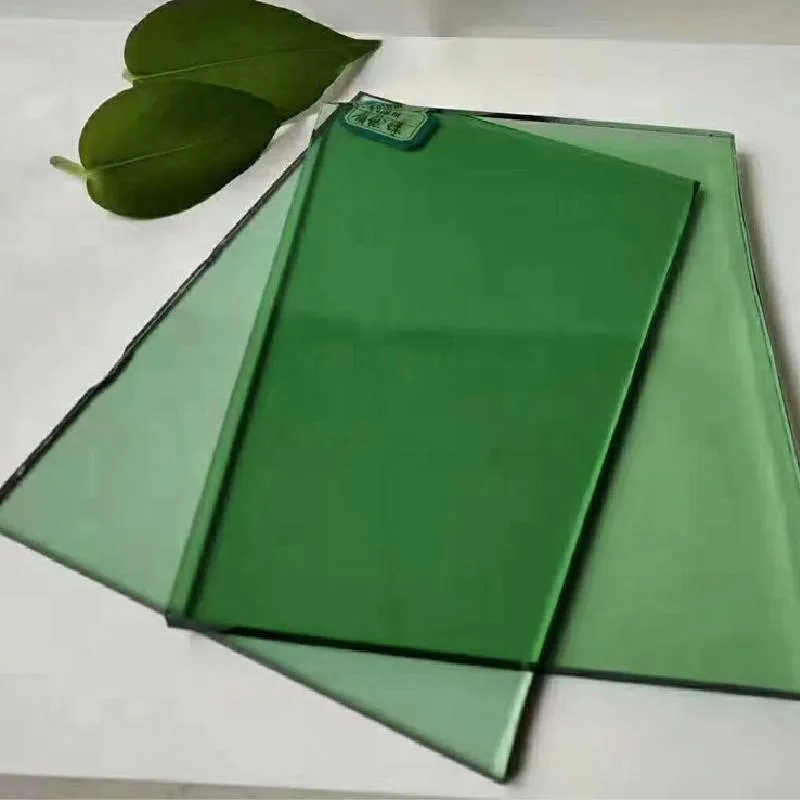When it comes to selecting the perfect table top for a home or office, toughened glass has become a popular choice due to its durability, elegance, and versatile application. Many consumers, however, find themselves puzzled by the pricing and the factors influencing these costs. Understanding the intricacies of toughened glass table top prices can empower you to make an informed purchasing decision, ensuring you get the best value for your investment.

Toughened glass, also known as tempered glass, undergoes an intense heating and rapid cooling process, making it significantly stronger than standard glass. This process not only enhances its strength but also increases safety, as it shatters into small, less harmful pieces in the event of breakage. Such attributes make it highly desirable for table tops, especially in homes with children or in bustling workplaces.
One of the first factors impacting the price of a toughened glass table top is thickness. Glass thickness typically ranges from 6mm to 19mm. Thicker glass naturally offers more strength and less flexibility, but it also tends to be pricier. While a 10mm thickness might suffice for a dining table, a heavier use scenario like a desk or a conference table might necessitate a 12mm or thicker option, which would cost more.

The size and shape of the table top also play significant roles in determining cost. Larger pieces of glass require more material and labor, thus increasing the price. Similarly, while standard shapes like rectangles and circles might have established pricing structures, custom shapes and sizes will likely cost more due to increased waste and the complexity of cutting and finishing them.
The finish and edge type are additional cost considerations. Standard polished edges are included in most base prices; however, premium edge finishes like beveled or bullnose can add to the overall cost. Similarly, finishes such as frosted or tinted glass require additional processing, which can also drive up the price.
Quality is an undeniable factor. Glass produced by reputable manufacturers who adhere to international safety standards might carry a higher price tag, but the investment assures durability and reliability. When purchasing toughened glass, it's crucial to verify certifications that guarantee the glass has been manufactured to meet stringent safety and quality standards.
toughened glass table top price
Brand reputation can also affect pricing. Brands with a track record of excellence in manufacturing and customer service often price their products higher. Yet, buying from such manufacturers can enhance assurance in the product's longevity and the quality of customer support you'll receive in case of future needs.
Moreover, geographical location impacts pricing due to shipping and handling costs. Local sourcing might reduce this aspect of the cost, making it worthwhile to explore domestic manufacturers or suppliers.
In recent years, sustainability has emerged as a factor influencing price. Many consumers are willing to pay a premium for eco-friendly manufacturing processes and materials. Sustainable production methods not only lessen environmental impact but can also offer tax credits or rebates in certain regions, indirectly affecting pricing considerations.
While navigating these numerous factors might seem daunting, resources such as online comparison tools and expert consultations can provide clarity. Taking time to research and incorporate reviews from other customers' experiences can lend insights into how various factors translate into real-world use and value.
Ultimately, purchasing a toughened glass table top is an investment in both style and utility. By understanding the nuances of what contributes to pricing, you can better align your needs and expectations, ensuring that your chosen table top is both functional and a striking centerpiece for any room. Armed with this rich understanding, you'll be better positioned to balance cost with quality, achieving a purchase that stands the test of time both in durability and aesthetic appeal.
 Afrikaans
Afrikaans  Albanian
Albanian  Amharic
Amharic  Arabic
Arabic  Armenian
Armenian  Azerbaijani
Azerbaijani  Basque
Basque  Belarusian
Belarusian  Bengali
Bengali  Bosnian
Bosnian  Bulgarian
Bulgarian  Catalan
Catalan  Cebuano
Cebuano  Corsican
Corsican  Croatian
Croatian  Czech
Czech  Danish
Danish  Dutch
Dutch  English
English  Esperanto
Esperanto  Estonian
Estonian  Finnish
Finnish  French
French  Frisian
Frisian  Galician
Galician  Georgian
Georgian  German
German  Greek
Greek  Gujarati
Gujarati  Haitian Creole
Haitian Creole  hausa
hausa  hawaiian
hawaiian  Hebrew
Hebrew  Hindi
Hindi  Miao
Miao  Hungarian
Hungarian  Icelandic
Icelandic  igbo
igbo  Indonesian
Indonesian  irish
irish  Italian
Italian  Japanese
Japanese  Javanese
Javanese  Kannada
Kannada  kazakh
kazakh  Khmer
Khmer  Rwandese
Rwandese  Korean
Korean  Kurdish
Kurdish  Kyrgyz
Kyrgyz  Lao
Lao  Latin
Latin  Latvian
Latvian  Lithuanian
Lithuanian  Luxembourgish
Luxembourgish  Macedonian
Macedonian  Malgashi
Malgashi  Malay
Malay  Malayalam
Malayalam  Maltese
Maltese  Maori
Maori  Marathi
Marathi  Mongolian
Mongolian  Myanmar
Myanmar  Nepali
Nepali  Norwegian
Norwegian  Norwegian
Norwegian  Occitan
Occitan  Pashto
Pashto  Persian
Persian  Polish
Polish  Portuguese
Portuguese  Punjabi
Punjabi  Romanian
Romanian  Russian
Russian  Samoan
Samoan  Scottish Gaelic
Scottish Gaelic  Serbian
Serbian  Sesotho
Sesotho  Shona
Shona  Sindhi
Sindhi  Sinhala
Sinhala  Slovak
Slovak  Slovenian
Slovenian  Somali
Somali  Spanish
Spanish  Sundanese
Sundanese  Swahili
Swahili  Swedish
Swedish  Tagalog
Tagalog  Tajik
Tajik  Tamil
Tamil  Tatar
Tatar  Telugu
Telugu  Thai
Thai  Turkish
Turkish  Turkmen
Turkmen  Ukrainian
Ukrainian  Urdu
Urdu  Uighur
Uighur  Uzbek
Uzbek  Vietnamese
Vietnamese  Welsh
Welsh  Bantu
Bantu  Yiddish
Yiddish  Yoruba
Yoruba  Zulu
Zulu 


